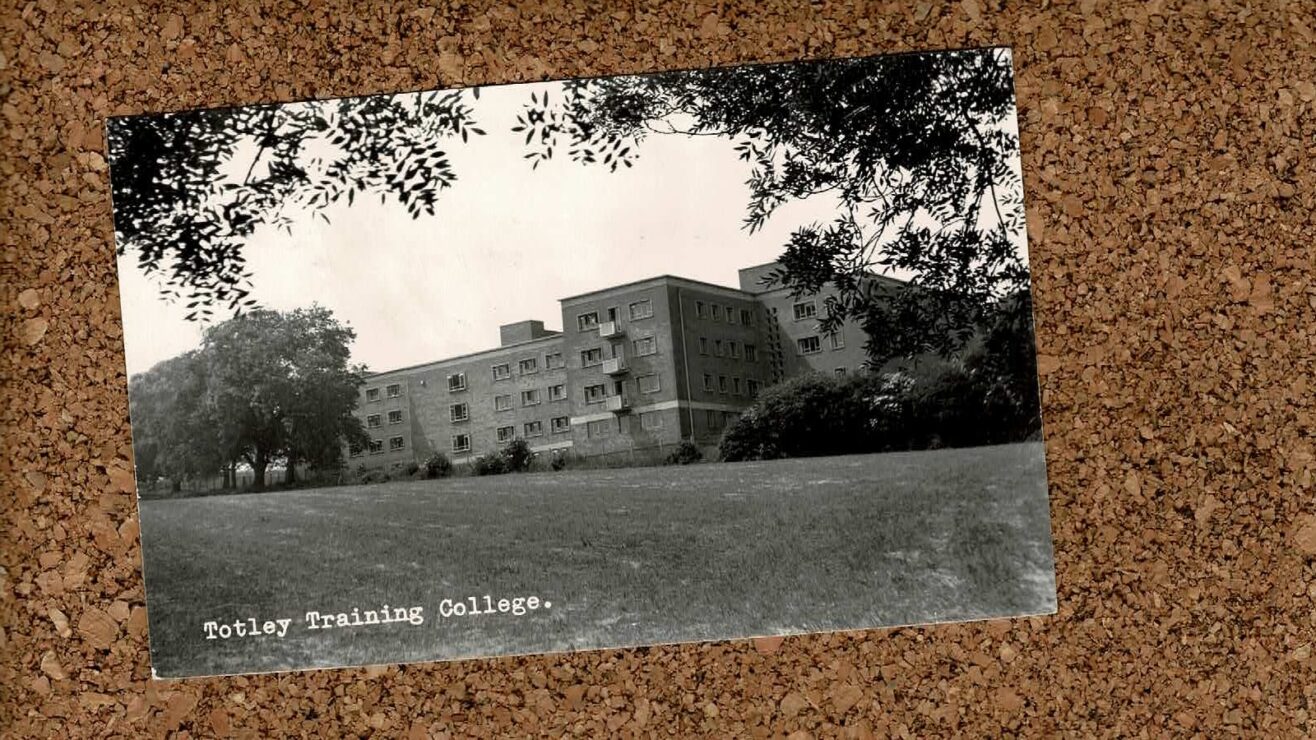The United States has a well-developed tradition of conducting campus climate surveys on gender-based violence in higher education.
And rightly so – systematic data-gathering on GBV among students and staff using validated campus climate surveys should be among higher education institutions’ (HEIs) most important priorities.
Although some might say that extant national findings of substantial prevalence rates of GBV victimisation are enough to warrant focusing only on intervention and prevention efforts, continuous data-gathering is vitally important, and its value should not be underestimated.
Data at all levels
While providing an overall picture of the problem’s magnitude is necessary, national-level data cannot substitute for institution-level data. Exclusive use of national data allows for denial of a GBV problem at the local level and for university leaders to exclaim, “That may be true in general, but it’s not true here!”
Each institution should use anonymous campus climate surveys to establish its baseline rates of GBV and information on the factors believed to precede victimisation and its consequences.
The findings and methods produced should be reported publicly so the campus community knows the problem’s magnitude within their institution. Victimisation rates should be broken down by relevant demographic categories so that attention can be focused on those groups at the highest risk, especially those most marginalised within a community.
And by the way, the “it would be bad PR” problem is a poor excuse for not doing this work because “the problem” is found wherever there are differences in gendered power – which is pretty much everywhere).
Intervention
Baseline data also provides a starting point that can be used to assess intervention and prevention efforts. Change in the rates at which people report being assaulted is the critical index for evaluating such efforts. In general, if the rates in surveys conducted after baseline stay the same, then whatever is being done about the problem needs to be fixed.
Of course, factors other than misconduct intervention and prevention education also play a role, and determining which ones are most strongly related to prevalence rates underscores the importance of using climate surveys based on ecological (looking at all relevant aspects of the community, from the individual to the societal) and intersectional (looking at combinations of personal demographic characteristics that are often viewed separately) principles that can produce as complete a rendering of the relevant factors as possible.
Ripples
The data from campus climate surveys can have knock-on effects that promote further work on this problem. For example, student support staff in my own institution have used data gathered by my student research team to secure funding that has enabled them to hire prevention specialists and offer prevention programming.
These knock-on effects extend to wider social and educational change. The student research team exemplifies how such data-gathering can serve institutional and educational purposes. The involvement of students (primarily undergraduates) as research trainees and collaborators is essential in coming to grips with HEI-based GBV because students are the experts on their own social intimacy culture. I learned this lesson early on when designing our first survey with a colleague and a group of students who became interested in this work while taking my course in trauma psychology. My colleague and I knew that we wanted to assess victimisation and needed to assess alcohol consumption as a risk factor. However, the students insisted that we also ask about hooking up, which turned out to be a more important predictor of victimisation than alcohol.
Students also benefit from gaining research skills by working on an important issue of social justice, and many of those in my research team have gone on for graduate training in psychology, social work, the law, and related disciplines. While there are valid concerns about involving undergraduates in potentially distressing research, with careful preparation and ongoing discussion, students grow into scholars who are willing to pursue work on emotionally difficult but important problems.
Collaboration
One more example of the impact of local data is the formation of interdisciplinary groups within the university responsible for dealing with and/or overseeing institutional efforts at intervention and prevention.
A few years back, a task force formed by the University President produced a report based in part on data from my research team. One recommendation was to create an interdisciplinary oversight group to track and report on intervention and prevention efforts. Recently, a colleague and I have reformed this group to coordinate efforts among various offices and collaborate on joint efforts to inform our campus community about our work. This group provides feedback to the student research team and assists in developing a survey to assess the impact of their programming. We are optimistic that further coordination and collaboration will occur in the coming years.
Resources and responsibility
This work cannot be done on a shoestring, and certainly not by any single individual, even if an institution is lucky enough to have a specialist among its staff. Sufficient resources should be provided to interested staff and students, with the help of external consultation if needed. Examples of validated campus climate surveys, such as the ARC3, are available for free upon request at https://campusclimate.gsu.edu for international, national, and local adaptation. The recent national surveys of GBV among students and staff in Irish HEIs, are one good example of how the ARC3 survey can be adapted.
HEI administrators must confront the problem of GBV in their institution head-on. We must show – what Jennifer Freyd refers to as – “institutional courage” rather than “inaction and denial”. Inaction – given the ubiquity of GBV in HEI – amounts to what Freyd refers to as “institutional betrayal.”













